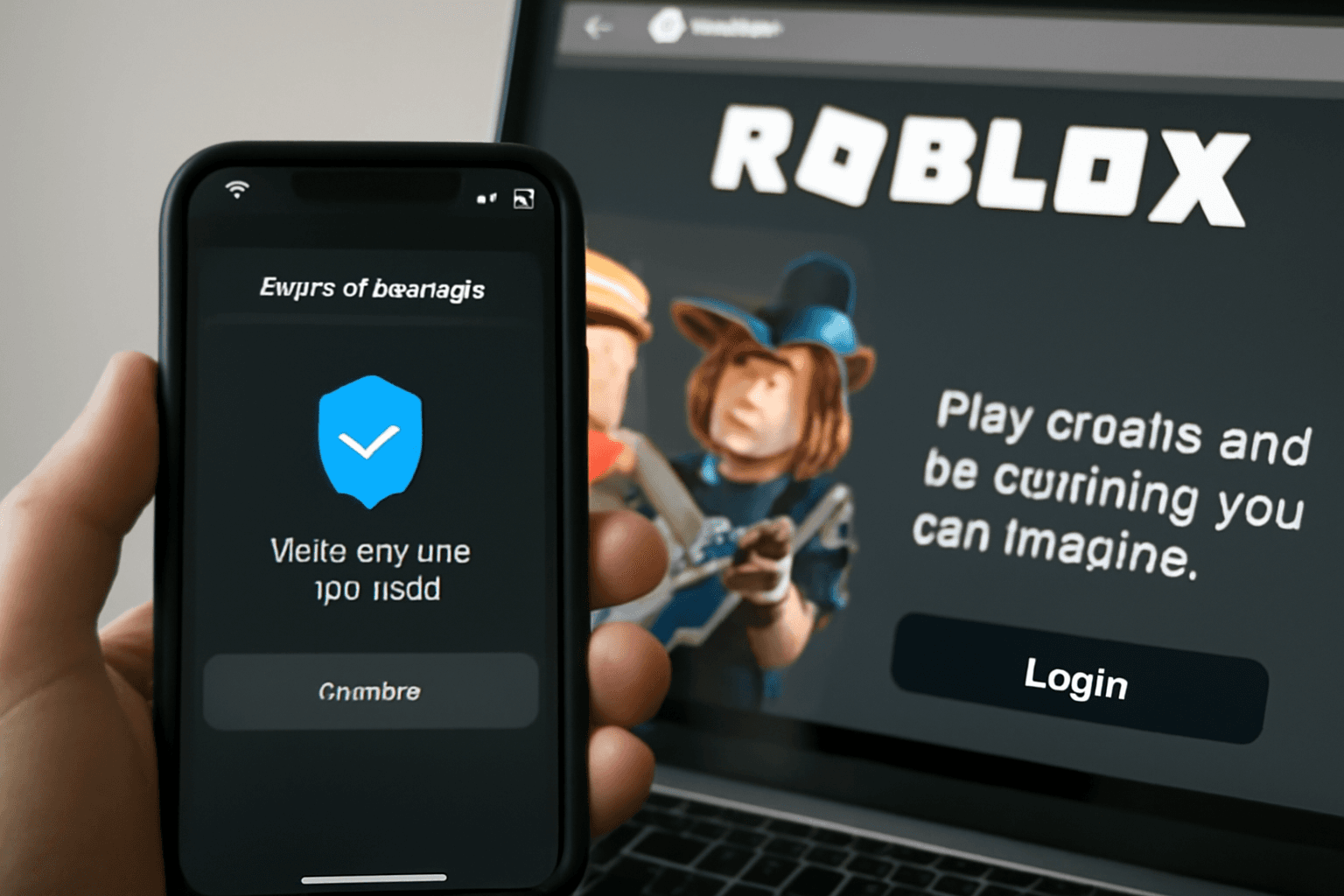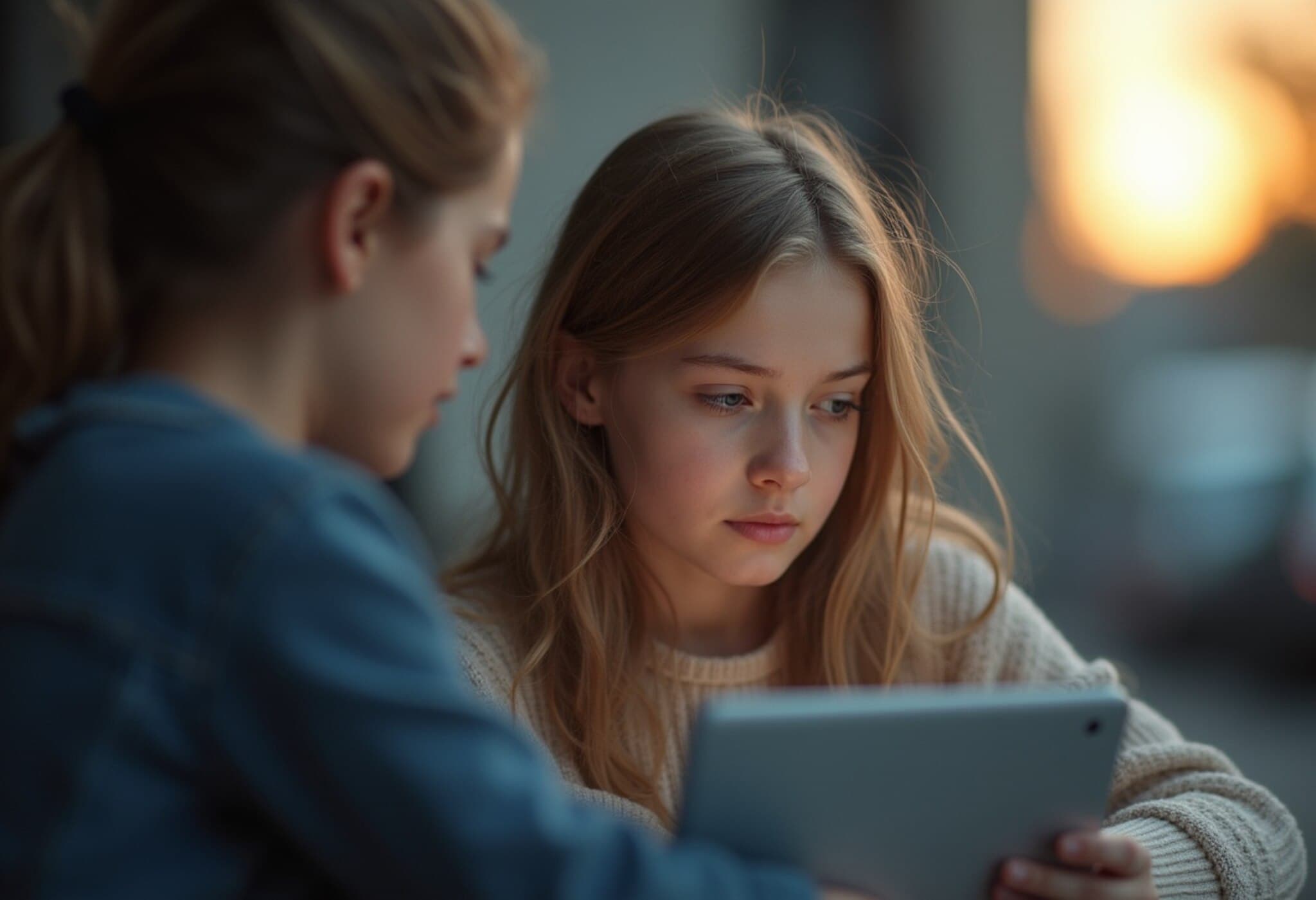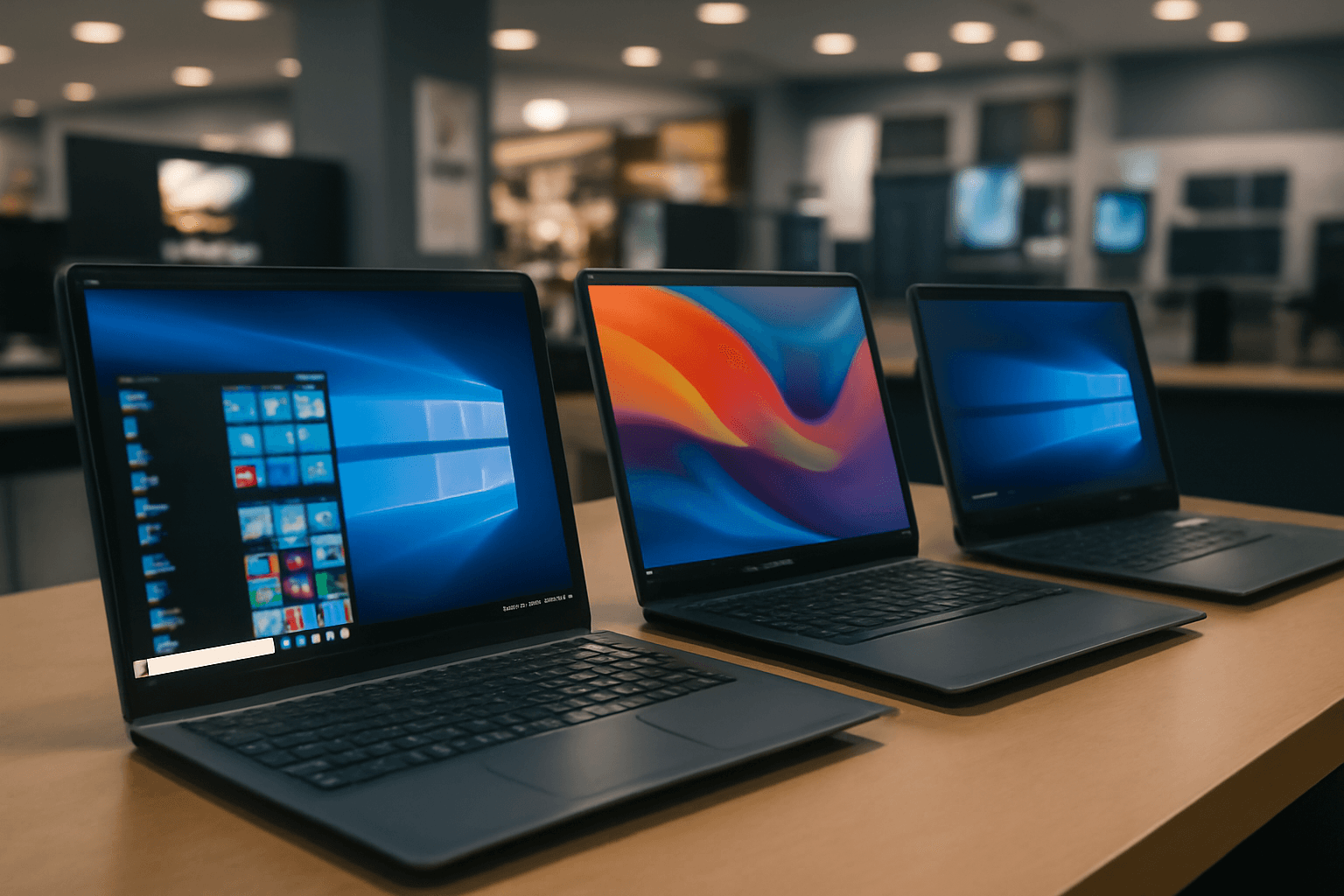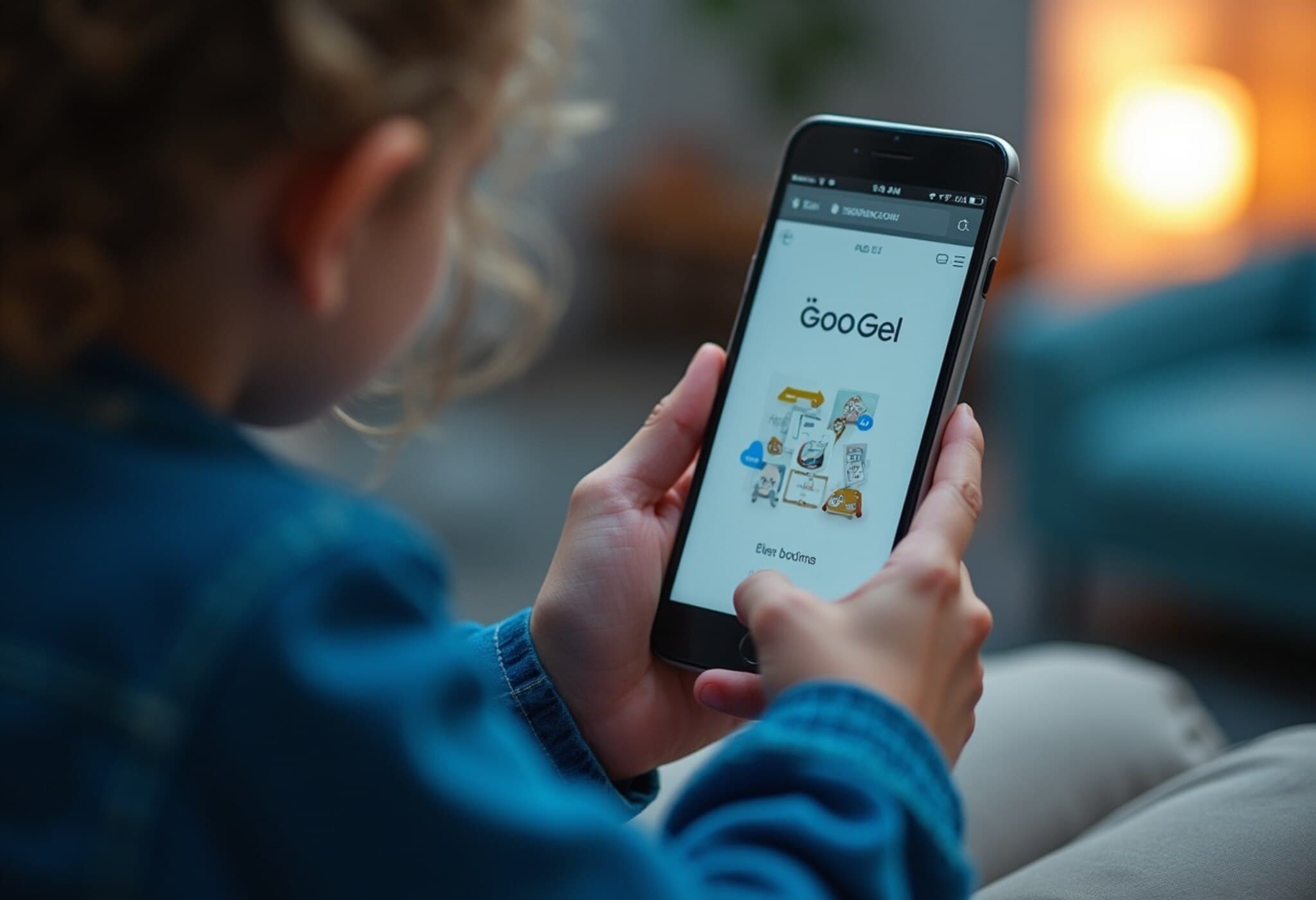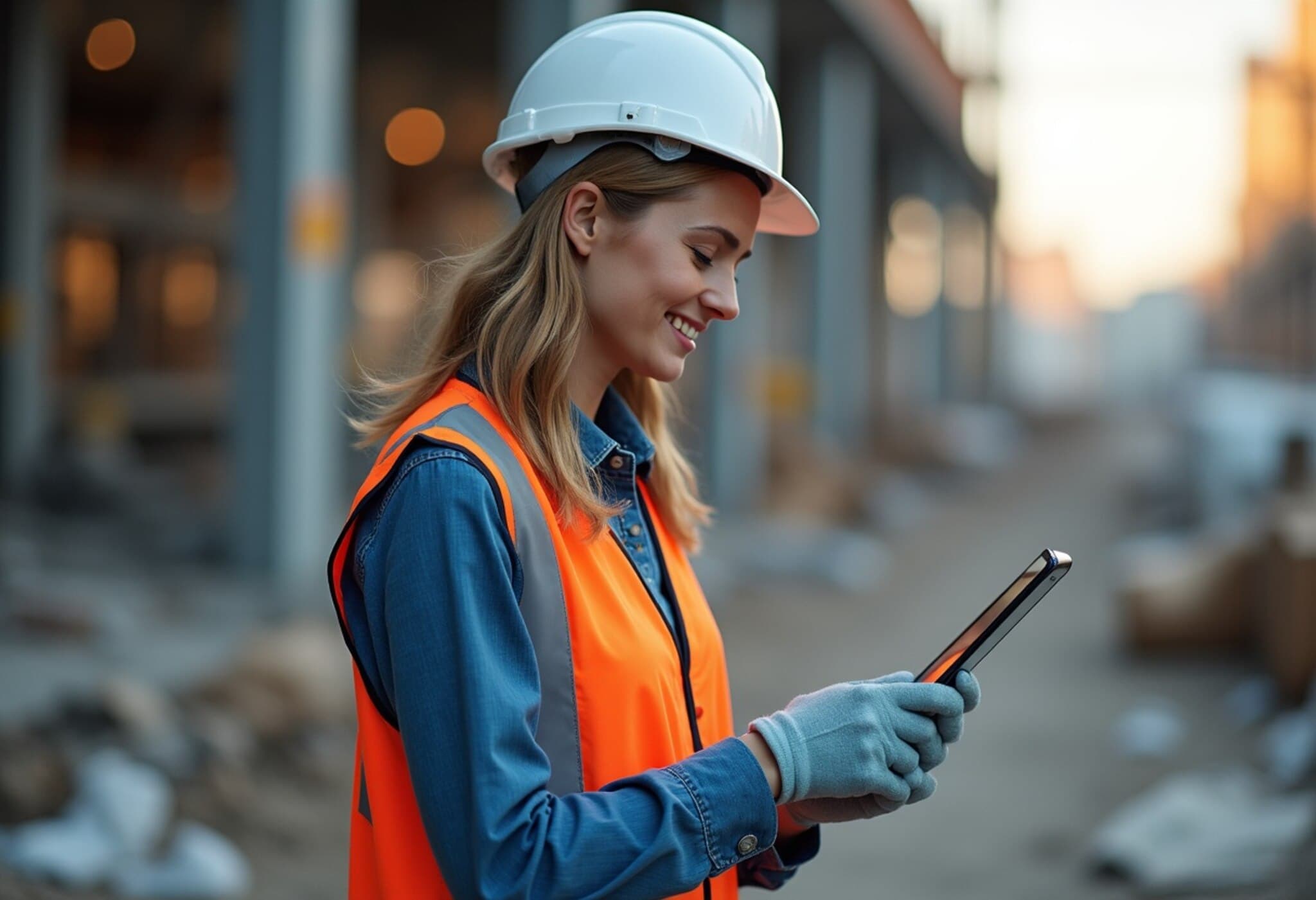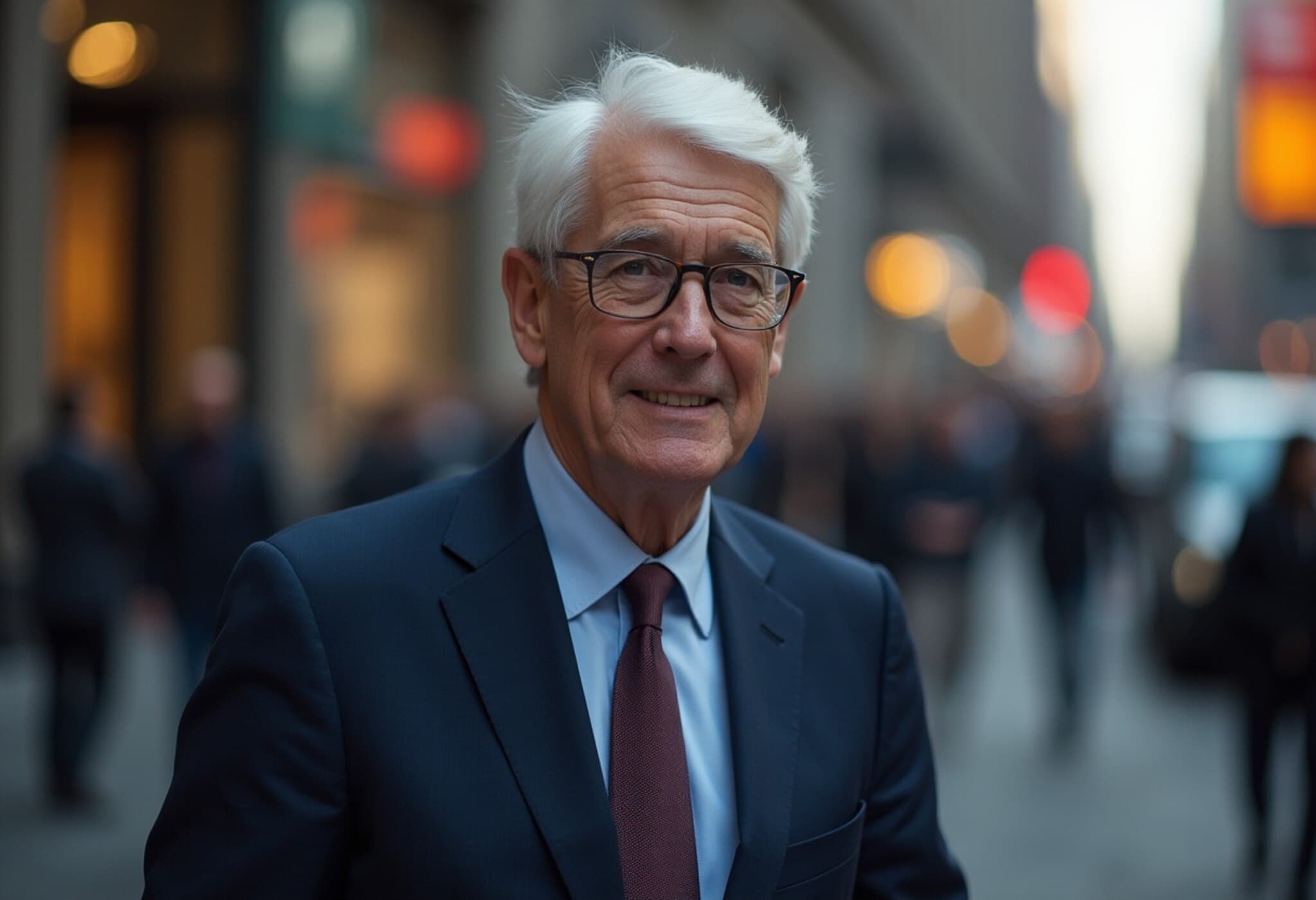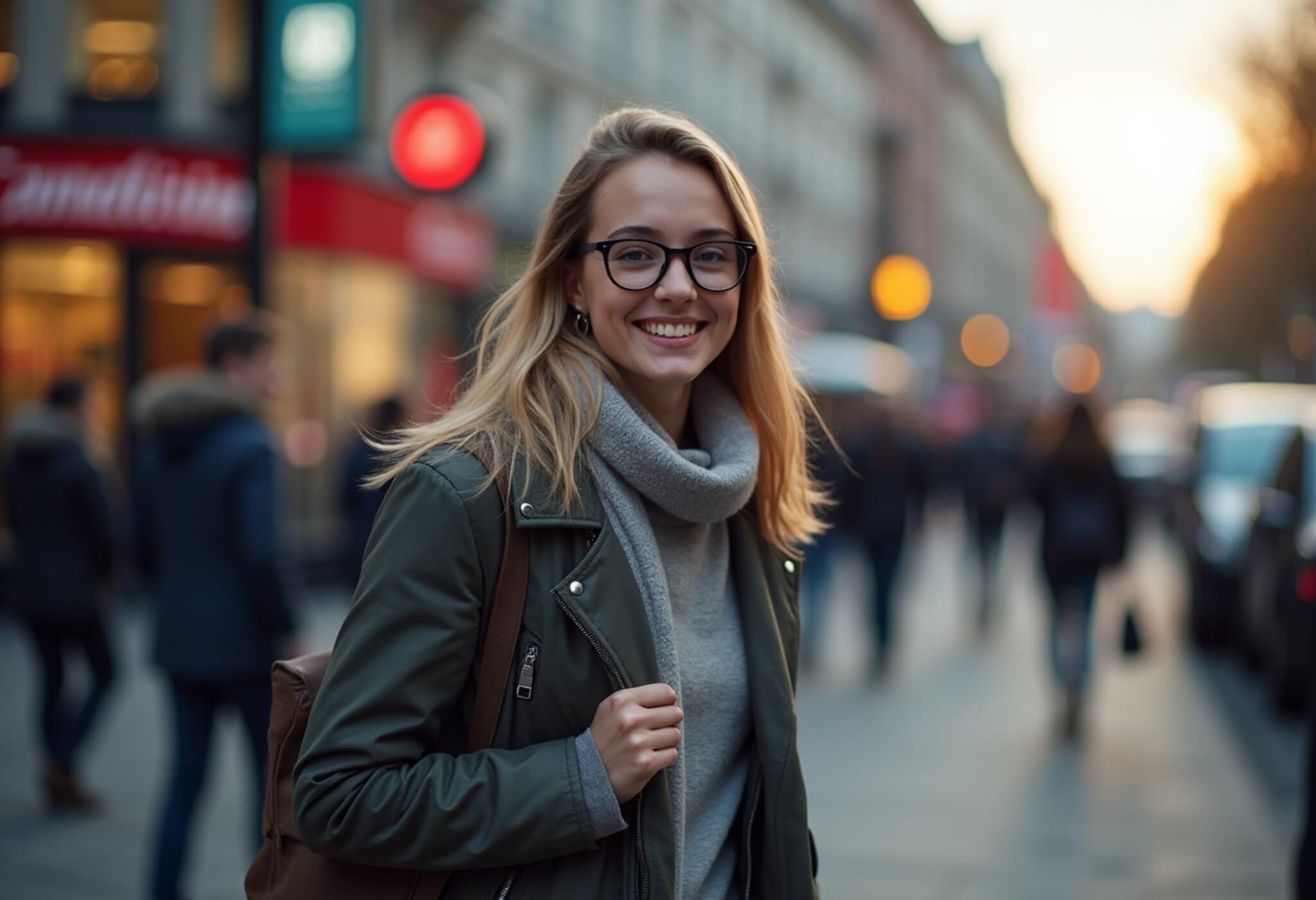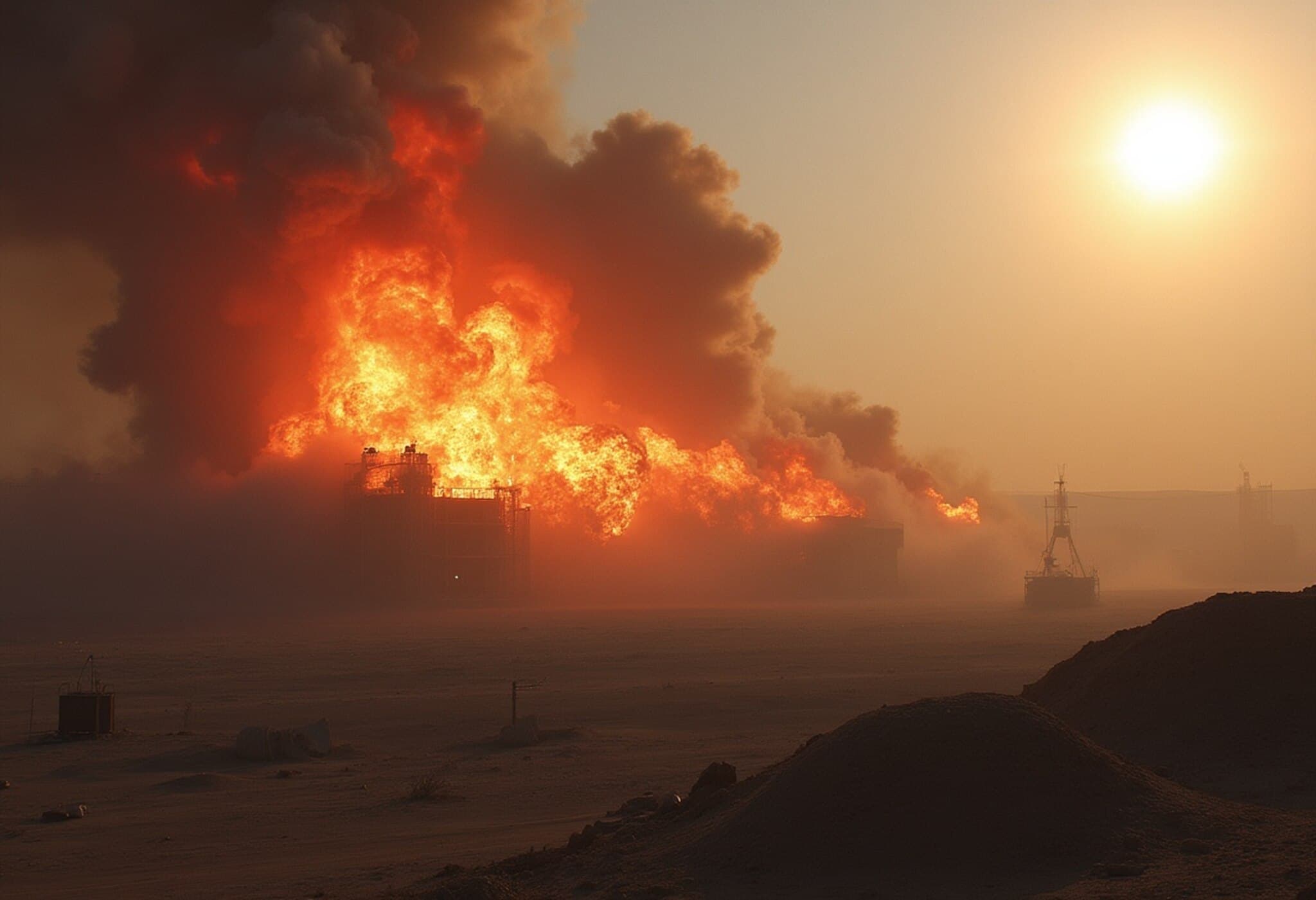Roblox Rolls Out New Age Verification System to Enhance User Experience
In a bold step to balance safety and freedom of communication on its popular social-gaming platform, Roblox has launched a new age verification system designed to provide users, particularly teens aged 13 and older, with access to less restricted chat features. This technology is part of Roblox's new "trusted connections" initiative, which aims to cultivate safer yet more open social interactions among verified users.
Why Age Verification Matters Now More Than Ever
Roblox's Chief Safety Officer, Matt Kaufman, highlighted that the timing of this technology's introduction aligns with the platform's rollout of features tailored for a more mature audience. "We believe that certain communications features should be limited to users who are at least 13 years old," Kaufman stated, emphasizing Roblox’s commitment to fostering an environment that respects age-appropriate boundaries.
This move also responds to mounting regulatory pressures in the United States. States like Utah have passed laws requiring app stores—such as those operated by Apple and Google—to verify the age of users, underscoring a growing demand for stringent age verification across digital platforms. While social media giants debate where the responsibility lies, Roblox is proactively adopting age-screening technology offered by identity verification provider Persona to stay ahead of regulatory and safety challenges.
How the New System Works
Under the new system, users aged 13 and above can opt into a facial analysis tool that estimates their age, allowing them to unlock the "trusted connections" feature. This capability permits private, unfiltered conversations with other verified peers, bypassing the usual content filters that typically censor profanity and potentially inappropriate language for younger players. According to Ryan Ebanks, Roblox’s principal product manager for social products, this feature transforms a user's "friends" into "connections," where "trusted connections" represent a carefully curated group of known and approved contacts.
To further enhance safety, teens between 13 and 17 are required to add users who are 18 or older through a QR code scan or Roblox's contact importer, ensuring that trusted connections are truly recognized individuals.
Balancing Freedom with Responsibility
Historically, Roblox applied rigorous content filtering to all private messages to protect their predominantly young audience. Kaufman explained that by verifying users' ages, the platform can responsibly open the door for older players to enjoy unfiltered communication. This also aims to address a significant practical concern: keeping teens engaged safely within Roblox rather than pushing them toward external platforms where moderation and safety measures might be less robust.
Despite enabling freer chats, Roblox assures its community that "critical harms" will continue to be closely monitored and moderated.
Optional Verification and Parental Controls
Users who have previously verified their age through official government-issued identification to access mature games on Roblox will not need to participate in the new facial-age estimation system. For others, age verification remains optional; the platform also plans to introduce verified parental consent options in the future.
Recognizing parents’ desire for oversight, Roblox has unveiled new privacy and well-being tools, such as daily time limits, "do not disturb" modes, and online status controls. With parental permission, parents can link their accounts to monitor their teen's connections, usage time, and transaction history, providing a transparent and supportive environment for families navigating digital spaces.
Context: Industry and Regulatory Landscape
This announcement comes in the wake of troubling reports earlier this year that platforms like Roblox and Discord were exploited by predators targeting minors, highlighting the urgent need for robust protective measures. Moreover, Reddit recently adopted Persona’s technology to comply with the UK’s Online Safety Act by restricting mature content access to underage users—a testament to the growing importance of reliable age-verification technologies worldwide.
Looking Ahead: What This Means for Digital Safety and User Experience
Roblox’s initiative represents a significant advancement in platform safety innovation. By combining biometric technology with thoughtful social design, the company seeks to uphold its commitment to protecting young users without stifling social connectivity—a delicate balance that many tech companies struggle to achieve.
As digital platforms increasingly cater to multi-age audiences, Roblox's approach may serve as a blueprint for integrating age-appropriate freedoms while maintaining rigorous safety standards. However, it also raises important questions about privacy, biometric data usage, and the ethical deployment of facial recognition technologies in children’s environments—topics worthy of ongoing public dialogue.

